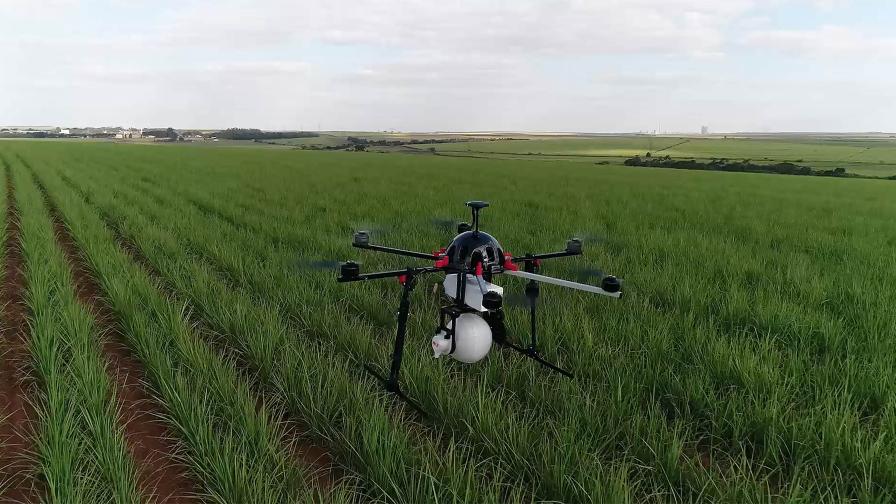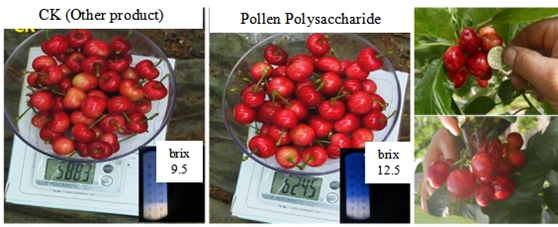How U.S. Ag Retailers and Growers Are Working Together to Manage Soaring Crop Input Costs
Through deep relationships formed along the value chain and the ag industry’s remarkable ability to adapt, never doubt that good things are coming out of these tough times, writes Jackie Pucci at CropLife.
We know that fertilizer prices have tripled since 2021, key herbicides like glyphosate and glufosinate are short, and farmers worldwide struggled with much higher prices and supply disruptions well before Russia invaded Ukraine on February 24.
The war has substantially elevated the risk of disruptions in the global fertilizer trade, although analysts agree that immediate impacts will not be felt in the United States.
“This year, maybe more than ever in my career, I feel a big responsibility to get off to a good start in 2022 to raise a good crop in a sustainable manner,” Jeff Tarsi, Nutrien Ag Solutions President, told CropLife at Commodity Classic 2022 in New Orleans.
“The one thing I don’t want to lose sight of this year is food security,” he says. “It is as important in 2022 to maximize production. Yield is still king — we need that production to feed the world and we can’t go into farming in a defensive way.
“Today, when dealing with a number of extraordinary supply chain problems, your middle name had better be ‘Flexible,’” Tarsi explained, adding: “Time is critical right now as we approach spring. The situations are very fluid, changing every day and sometimes every hour. We’re relying on our sticky relationships with our growers to navigate through. We have to be nimble and put other products and philosophies into play.”
Part of that flexibility to which Tarsi refers is already reflected in key decisions for this season: For the first time since 2018, American farmers will plant more soybeans than corn in response to soaring fertilizer prices.
In its annual Prospective Planting report, the USDA forecast that farmers would plant 89.5 million acres of corn in the 2022 planting season, down from 93.4 million acres last year and 2.5 million acres below the average trade estimate. Most of the corn acres went over to soybeans where the report showed 2.2 million acres more.





